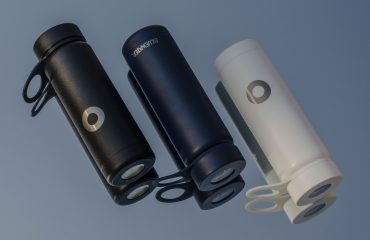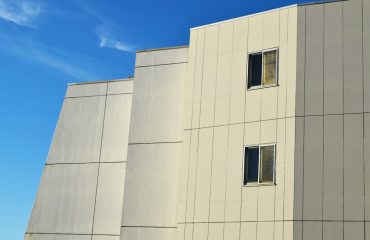body { font-family: sans-serif; line-height: 1.6; }
h1, h2, h3 { color: #333; }
img { max-width: 100%; height: auto; }
Equal angle bars, also known as equal leg angles, are ubiquitous in construction, engineering, and manufacturing. These versatile steel components, characterized by their two equal legs meeting at a right angle, offer exceptional strength and structural integrity. This comprehensive guide delves into the world of equal angle bars, exploring their properties, manufacturing, applications, and selection considerations.
Understanding the Properties of Equal Angle Bars
Equal angle bars are typically made from mild steel, although other materials like stainless steel and aluminum alloys can be used depending on the application’s requirements. Key properties that contribute to their widespread use include:
- High Tensile Strength: Their shape allows for efficient load distribution, resulting in high tensile strength relative to their weight.
- Excellent Bending Resistance: The right-angled design provides robust resistance to bending forces, making them ideal for structural support.
- Weldability: Equal angle bars are readily weldable, allowing for easy connection to other structural elements.
- Durability: When properly protected against corrosion (e.g., through galvanizing or painting), they offer excellent longevity.
- Cost-Effectiveness: Compared to other structural shapes, equal angle bars often provide a cost-effective solution for many applications.
Manufacturing Process of Equal Angle Bars
The production of equal angle bars typically involves a hot-rolling process. Steel billets are heated to high temperatures and then passed through a series of rollers, gradually shaping them into the desired angle profile. After rolling, the bars undergo cooling, cutting to length, and potentially further processing, such as surface treatment (e.g., galvanizing) or precision machining.
The precise dimensions and tolerances of the equal angle bars are carefully controlled throughout the manufacturing process to ensure consistency and quality. This is crucial for their structural integrity and reliable performance in various applications.
Diverse Applications of Equal Angle Bars in Construction and Industry
The versatility of equal angle bars makes them invaluable in a wide range of applications. Some prominent examples include:
- Structural Support: Used extensively in building frameworks, supporting beams, columns, and bracing systems.
- Metal Fabrication: Forming the basis of many fabricated metal structures, including gates, fences, and railings.
- Machine Frames: Providing strong and rigid support for machinery and equipment.
- Automotive Industry: Used in chassis construction and other structural components.
- Agricultural Equipment: Found in the construction of trailers, implements, and other agricultural machinery.
- Bridge Construction: Contributing to the structural integrity of bridges and overpasses.
- Scaffolding: Used as bracing and support members in scaffolding systems.
Selecting the Right Equal Angle Bar: A Comprehensive Guide
Choosing the appropriate equal angle bar depends on several factors, including:
- Size and Dimensions: The length, leg length, and thickness of the bar must be chosen to meet the required load-bearing capacity and structural requirements.
- Material Grade: The choice of material (mild steel, stainless steel, etc.) depends on the application’s environmental conditions and required strength.
- Surface Finish: Consider whether a protective coating (e.g., galvanizing, painting) is needed to enhance corrosion resistance.
- Load Requirements: A thorough structural analysis is essential to determine the appropriate size and material grade to withstand anticipated loads.
- Budgetary Constraints: Balancing cost-effectiveness with performance requirements is crucial in selecting the appropriate equal angle bar.
Advantages and Disadvantages of Using Equal Angle Bars
While equal angle bars offer many advantages, it’s important to acknowledge their limitations:
Advantages:
- High strength-to-weight ratio
- Versatility in applications
- Easy to fabricate and weld
- Relatively low cost
- Widely available
Disadvantages:
- Susceptible to torsion (twisting) under certain loading conditions.
- May require additional reinforcement for certain applications.
- Prone to corrosion if not properly protected.
- Limited load-bearing capacity compared to some other structural shapes for specific applications.
Equal angle bars are a fundamental component in countless structures and applications. Understanding their properties, manufacturing, and selection criteria is crucial for engineers, fabricators, and anyone involved in projects utilizing these versatile structural elements.
Keywords: Equal angle bar, equal leg angle, steel angle, structural steel, metal fabrication, construction materials, engineering materials, hot rolled steel, angle iron




